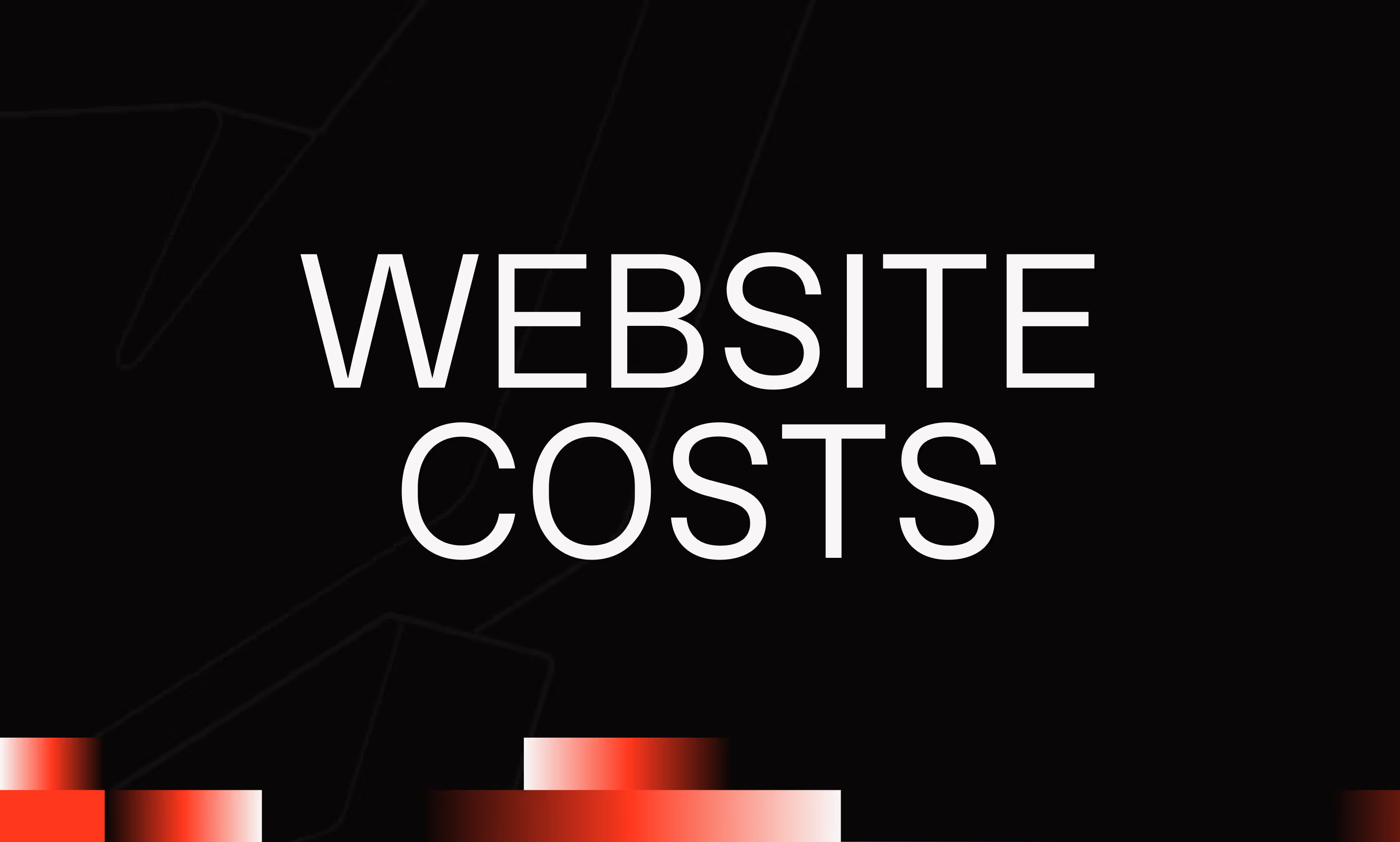Form Submission
Ask the AI to summarize the term
What is a Form Submission?
The concept of Form Submission corresponds to the action of submitting a form on a website. It is a technical process in which data filled in by the user (name, email, message, etc.) is sent to an external server, database, or API for processing. In Webflow, this action triggers the sending of data to the native form management system or to a third-party tool if a custom integration is set up (via Make, Zapier, n8n, etc.).
A form generally consists of several fields (input, textarea, select, etc.) and a submit button which, once clicked, initiates the transmission of data. Depending on the configuration, this submission may result in a confirmation message, a redirection, or the triggering of business logic (such as sending an email or creating a ticket).
How does a form submission work in Webflow?
In Webflow, forms are built visually thanks to the element addition panel. Each field is linked to a variable and the submit button has the type="submit” attribute. Once the form is submitted, the data is automatically sent to the Webflow platform, stored in the tab Forms of the project, and a notification can be sent to the email address configured in the site settings.
Webflow also allows you to customize behaviors after submission: display a thank you message, trigger an animation, or redirect to a specific page.
For more advanced needs, such as sending to CRMs, marketing automation tools, or external databases, it is possible to connect the form to automations via Webhooks, Zapier, Make, N8n, or custom JavaScript scripts.
Best practices around Form Submission
To ensure reliable submission, it is essential to structure the forms correctly:
- Name the fields well (name, email, etc.) to facilitate data processing.
- Use client-side validations (like required, or email types, such, etc.) to avoid errors.
- Test the redirection or confirmation messages to ensure a good user experience.
- Provide error handling if the submission fails, in order not to leave the user in uncertainty.
Finally, from the point of view RGPD, each form that collects personal data must inform the user of the purpose of the treatment, offer a checkbox for consent, and integrate a privacy policy.


